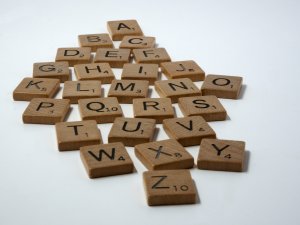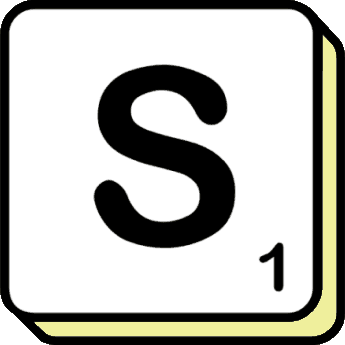Graphemes: Understanding the Building Blocks of Written Language
Author: Brian Bowman
Date Published: 3 May 2023
If you have learned to read and write, you've probably heard the term "grapheme" before. But what exactly is a grapheme, and why is it important? In this article, we'll explore what graphemes are, how they work, and why they are a crucial part of learning to read and write.

What are Graphemes?
Simply put, a grapheme is the smallest unit of a written language system that represents a phoneme. A phoneme is the smallest unit of sound in a language. In English, there are roughly 44 phonemes, although the exact number can vary depending on dialect and other factors.
Graphemes can take many forms, but they are typically individual letters or groups of letters that make up words. For example, in the word "cat," there are three graphemes: "c," "a," and "t." Each grapheme represents a phoneme: /k/ for "c," /æ/ for "a," and /t/ for "t."
Graphemes can also be made up of multiple letters. For example, in the word "sheep," there are four graphemes: "s," "h," "ee," and "p." The "ee" grapheme represents a single phoneme: /iː/ as in "meet."
Graphemes can be combined in many different ways to create words, and this is what gives written language its complexity and richness. By learning to recognize and use graphemes, children can begin to decode words and understand the meaning of what they are reading.
Different Types of Graphemes
Graphemes can take many forms, depending on the language and writing system being used. In some languages, a grapheme may represent an entire syllable rather than a single phoneme. For example, in the Japanese writing system, the hiragana character "か" represents the syllable "ka."
Graphemes can also be made up of symbols or other visual elements. For example, in musical notation, a grapheme might be a note symbol, such as a quarter note or a half note. In computer programming, graphemes might be symbols such as "+" or "-" that represent operations.
The important thing to remember is that in any written language system, graphemes represent sounds or meaning, and they are the building blocks that make up words.
Why Graphemes are Important
Graphemes are a crucial part of learning to read and write. By understanding how graphemes correspond to phonemes, children can learn to decode words and understand the meaning of what they are reading.
When children begin to learn to read, they typically start by learning the individual letters of the alphabet and the sounds they make. As they become more proficient, they learn to recognize and use different combinations of letters to create words.
For example, a child might start by learning the letter "a" and the sound it makes. Then, they might learn to combine "a" with other letters to create words like "cat," "bat," and "hat." Eventually, they might learn to recognize more complex graphemes like "ch," "sh," or "th."
As children learn to read, they also develop an understanding of the meaning of words and how they are used in context. By understanding how graphemes work, children can begin to read and write fluently, express their ideas in writing, and communicate effectively.
Tips for Learning Graphemes
Learning to recognize and use graphemes can be a challenging process, but there are many strategies and techniques that can help. Here are a few tips to keep in mind:
Practice, practice, practice! The more you practice recognizing and using graphemes, the easier it will become. This can involve reading books, practicing writing words and sentences, and playing games that involve recognizing and using graphemes.
Use mnemonics. Mnemonics are memory aids that can help you remember the spelling of words or the sound of phonemes. For example, you might remember that the "ie" grapheme in "piece" sounds like "ee" by using the mnemonic "I before E except after C."
Use context clues. When reading, use context clues to help you determine the meaning of unfamiliar words. This can involve looking at the surrounding words or sentences to get a sense of what the word might mean.
Work with a tutor or teacher. If you're struggling with learning graphemes, consider working with a tutor or teacher who can provide guidance and support.
Be patient and persistent. Learning to recognize and use graphemes takes time and practice, so be patient with yourself and keep at it!
In Conclusion
Graphemes are the building blocks of written language, and understanding how they work is a crucial part of learning to read and write. By recognizing and using different graphemes, children can begin to decode words, understand the meaning of what they are reading, and express their ideas in writing. With practice and persistence, anyone can become proficient in recognizing and using graphemes, and open up a world of communication and knowledge through written language.
